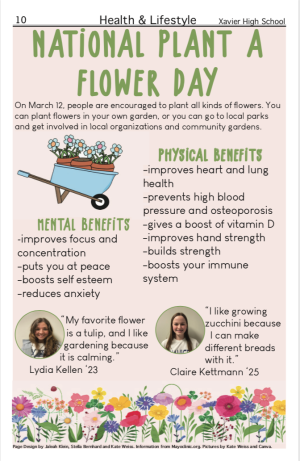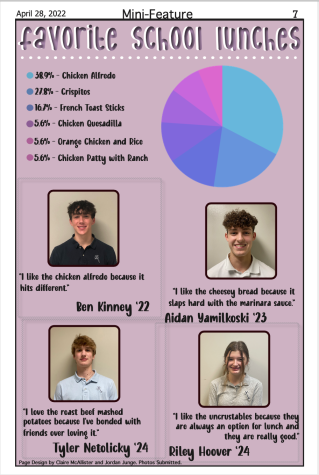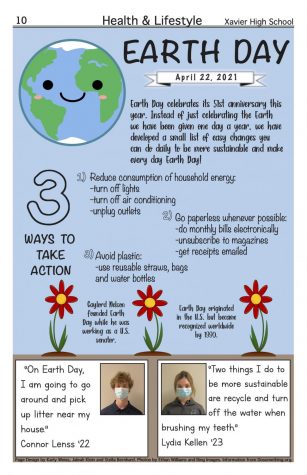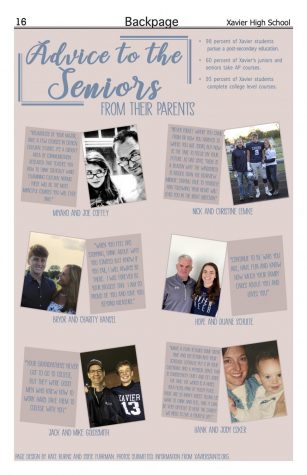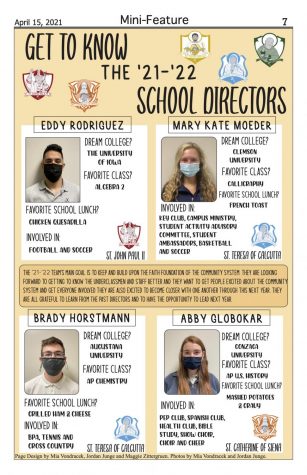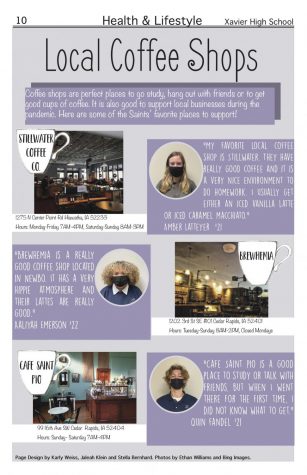Divide over vaccines
October 21, 2021
Since the start of the pandemic, there has been a political divide over COVID-19. First it was masks, and now it is the vaccine. COVID-19 cases have been rising as the Delta variant has spread throughout the country. On October 5, 2021, there were 98,506 cases where a few months earlier on June 20 2021, there were only 4,063 cases. Vermont, which has the highest vaccination rate at 70 percent, had 94 new cases on October 5, while West Virginia, which has the lowest vaccination rate at 41 percent, had 864 new cases. Even with a vaccine available, cases are on the rise. This could be caused by the Delta variant but also overall low vaccination rates, as only 56 percent of Americans are vaccinated. According to Houston Methodist Leading Medicine, to achieve herd immunity, 70 percent of Americans need to be vaccinated. Many people believe low vaccination rates are due to political divides. “This is the most politicized I’ve ever seen America – and the tragedy is that it’s politicized over a life-and-death issue,” Frank Luntz, a Republican pollster advising the Biden administration’s COVID-19 task force, said. Former president Donald Trump encouraged people to get the vaccine back in August 2021 at an Alabama rally which only had a 36 percent vaccination rate at the time. “You know what? I believe totally in your freedoms. You got to do what you have to do, but I recommend: Take the vaccines. I did it – it’s good,” Trump, who shortly after was booed, said. General trends show that Republican leaning states like Alabama, Mississippi, Wyoming and West Virginia have lower vaccination rates and a higher number of cases, while Democratic leaning states like Massachusetts have higher vaccine rates with less cases. As of September 13, 2021, the average vaccination rates in counties that voted for Trump were 39.9 percent and 52.8 percent in Biden voting counties. With the rate of vaccinations slowing down, the vaccination gap between states has gotten bigger over time. In April of 2021 there was a 2.2 percent gap where September of 2021 showed a 12.9 percent gap. Due to these low vaccination rates, state governments have been offering cash incentives and lotteries for people to get vaccinated. This plan started to work as Ohio’s Vax-A-Million program increased vaccination rates by 55 percent between ages 20 to 49. Although the incentives helped, there were not enough people vaccinated to achieve herd immunity. On September 9 2021, Biden introduced a federal law that all businesses with more than one hundred employees have to make sure every worker is either vaccinated or does a weekly Covid-19 test. This law would apply to 80 million workers, Which caused many Republicans to condemn Biden’s plan claiming that it was a federal overreach. Oklahoma Governor Kevin Stitt says it is not the government’s role to tell people what they can do with their individual freedoms. Although there is still controversy between party members on the vaccine, one thing is for sure: when more people get vaccinated, hospitalizations and Covid-19 cases go down.

